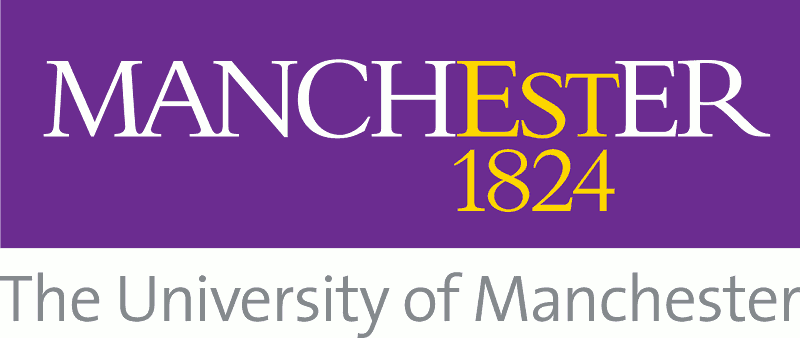Early European Print

The origins of print in Europe
The invention of the European printing press completely revolutionised communication as we know it. The John Rylands Library holds one of the world’s most important collections of early European print. Of particular significance are the Rylands incunabula, printed books produced in Europe between the early 1450s and 1501. The earliest of these books originate from the German city of Mainz – birthplace of the European printing press. Our rich collection of early European print items has now been made into a digitised collection available to the public.
Single-leaf woodblock prints
The printing of incunabula encompassed several different technological strands. From the 1420s, single leaf devotional images printed from woodblocks began to circulate. These images were carved in reverse onto single blocks of wood, then printed not in a press, but by rubbing. The Rylands Saint Christopher impression, dated in the woodcut 1423, is now thought to date from the 1430s, but is still considered one of the most important fifteenth-century prints to survive. Devotional prints were designed to be pasted into books, onto pews or walls, or into book boxes, and occasionally survive in context. Even more rarely, prints remain unused; two roundels depicting the Hand of God and the Lamb of God, designed to be cut out and distributed separately, survive at the Rylands still on the single sheet on which they were printed. In the 1450s, a similar printing technique to that used for woodblocks evolved using punched metal plates. Produced by goldsmiths, these ‘dotted’ prints survive in far smaller numbers than their woodcut contemporaries and this technology ceased to be used almost entirely in about 1450. Among the most spectacular surviving impressions is the Rylands Christ on the Mount of Olives, one of a series produced illustrating the Passion of Christ. The Rylands impression has recently been redated to around 1455.
Printing innovations: block books and moveable type
The period between 1450 and 1460 saw two new developments: the evolution of single leaf woodblock print into block books and printing with moveable type.
Moving beyond just single-leaf block prints, block book printing involved pages of text and images brought together in the now recognisable format of a book. Firstly, carvings were made in reverse onto a series of single blocks. Impression rubbings were then taken from the blocks pasted together, back-to-back, to form books. Block books replicated a small number of familiar texts, accompanied by a recognisable set of illustrations. Most interpreted stories from the Old and the New Testament or offered moral guidance on living and dying well. The earliest surviving block book is the Rylands Apocalypse, dated to 1450-1456, and the library has one of the largest collections in the UK. This includes examples of all of the other key block book texts: the Biblia pauperum, the Ars moriendi, the Ars moriendi, the Canticum canticorum, Die Kunst Ciromantia, the Speculum humanae salvationis, and the Mirabilia Romae.
Next, printing with moveable type evolved in Mainz in the early 1450s. Type – reversed letter forms cast in metal on stems – became a revolutionary printing medium. Unlike a woodblock, which could only ever print one image or text, type could be reused repeatedly to set and print hundreds of different texts. The earliest experiments were undertaken in Mainz, including the printing of a series of indulgences produced by Johann Gutenberg, inventor of the European printing press. These rare survivals pre-date the Gutenberg Bible, the first substantive book printed in Western Europe. The Rylands is one of only a handful of libraries to hold copies of all four of the great monuments of early German printing: the Gutenberg Bible, the 1457 Psalter, the Rylands copy being the only known complete copy of the 143-leaf issue, the 1459 Psalter, and the 36-line Bible.
The actual technology used in printing in its infancy is unclear. Some books appear to have been printed using something other than moveable type. The Catholicon may have been printed using two-line slugs of type, as there appear to be three largely identical impressions produced between 1460 and 1472. Editions of the Speculum humanae salvationis were printed using woodblocks from a block book edition and letterpress type, the blocks printed with one type of ink, the type another.
The migration of early printing in Europe
From Mainz, printing spread to Bamberg, where the earliest illustrated books were produced by Albrecht Pfister, who had obtained his types from Gutenberg's workshop. Pfister printed the same sorts of illustrated texts as were reproduced in block book form - the Biblia pauperum and the Antichrist - but also texts on morality and fable books. At about the same time as Pfister was experimenting in Bamberg, Johann Mentelin established a printing press in Strasbourg, from where he issued this early advertisement for his wares. These ephemeral printer’s advertisements are incredibly rare; the Rylands holds a similar advertisement issued by William Caxton, England’s first printer.
Further information
These earliest examples of Western printing at the Rylands are the tip of the iceberg; the Library has a collection of around 4,000 books printed before 1501. These are the focus of an ongoing incunabula cataloguing project, which will produce new descriptions of every book in the collection. Our guide to special collections about the history of the book also offers a chance to dive deeper into this vast and fascinating subject.



